When it comes to enhancing flexibility, reducing muscle soreness, and boosting recovery time, foam rollers have become a staple in the fitness and rehabilitation world. Whether you’re an elite athlete, a weekend warrior, or someone just beginning a wellness journey, understanding how foam rollers can enhance flexibility is critical.
Contents
- 1 What Is a Foam Roller and How Does It Work?
- 2 Why Foam Rollers Are Essential for Flexibility
- 3 Top Benefits of Foam Rolling for Flexibility
- 4 How to Use Foam Rollers Effectively for Flexibility
- 5 Best Foam Rolling Exercises for Flexibility
- 6 How Often Should You Foam Roll for Flexibility?
- 7 Types of Foam Rollers and Which One Is Best for Flexibility
- 8 Foam Rolling Mistakes That Can Reduce Flexibility Gains
- 9 Combine Foam Rolling With Other Flexibility Practices
- 10 Who Should Use Foam Rollers for Flexibility?
- 11 Conclusion: Unlock Flexibility With the Power of Foam Rolling
What Is a Foam Roller and How Does It Work?
A foam roller is a cylindrical piece of equipment made from dense foam, designed to apply pressure to muscles through a technique called self-myofascial release (SMR). When rolled over tight areas or “trigger points,” foam rollers help break up adhesions in muscle fibers, increase blood flow, and enhance tissue quality.
Why Foam Rollers Are Essential for Flexibility
Flexibility is more than just being able to touch your toes. It impacts posture, range of motion, and injury prevention. Foam rolling is a proactive approach to improving these aspects by:
- Lengthening muscles and fascia
- Reducing tension
- Improving circulation
- Accelerating tissue repair
When integrated consistently, foam rolling helps muscles recover faster and become more pliable, allowing for deeper stretches and greater mobility.
Top Benefits of Foam Rolling for Flexibility

1. Increased Range of Motion
Foam rolling enhances joint range of motion, allowing for more effective stretching and strength training. By breaking up muscle knots and reducing stiffness, it enables freer, more fluid movement.
2. Reduced Muscle Stiffness
Tight muscles limit flexibility. Foam rollers alleviate tightness in hamstrings, calves, quads, IT bands, and other muscle groups, making it easier to perform full-body stretches.
3. Enhanced Muscle Recovery
Post-exercise muscle soreness (DOMS) can restrict flexibility. Using a foam roller post-workout stimulates blood flow, helping to flush out toxins and reduce soreness.
4. Improved Circulation
Proper blood flow is crucial for muscle health. Foam rolling boosts circulation to the tissues, improving the delivery of oxygen and nutrients and aiding in cellular regeneration.
5. Myofascial Release for Long-Term Flexibility
The fascia—the connective tissue surrounding muscles—can become tight or inflamed. Foam rolling loosens the fascia, improving tissue elasticity and enhancing long-term flexibility gains.
How to Use Foam Rollers Effectively for Flexibility
Foam rollers are one of the most practical home gym essentials for improving flexibility and recovery. Their compact size makes them perfect for at-home use, especially when space is limited.
Whether you’re warming up before a workout or cooling down afterward, using a foam roller helps loosen tight muscles and fascia, improving your overall range of motion. Integrating foam rolling into your daily routine ensures your flexibility training is consistent, accessible, and effective—even from the comfort of your living room or home gym.
Warm-Up Technique
Before stretching or a workout, use the foam roller to stimulate the muscles:
- Target large muscle groups (e.g., quads, hamstrings).
- Spend at least 30 seconds to 2 minutes per muscle group.
- Roll slowly and breathe deeply to encourage relaxation.
Post-Workout Recovery
After intense sessions, use foam rollers to help the body cool down and prevent muscle tightness:
- Apply light pressure.
- Focus on sore areas without overdoing it.
- Follow with static stretching for optimal flexibility.
Best Foam Rolling Exercises for Flexibility

Hamstring Roll
- Sit with one leg on the roller and the other bent.
- Roll from glute to knee, focusing on tight spots.
- Switch legs after 1–2 minutes.
IT Band Roll
- Lie on your side with the roller beneath your outer thigh.
- Roll from hip to knee slowly.
- Use hands and opposite leg for support.
Quadriceps Roll
- Lie face-down with the roller under your thighs.
- Roll from hip to knee, keeping core engaged.
- Apply moderate pressure.
Calf Roll
- Sit with roller under calves and hands behind you.
- Roll from ankle to back of knee.
- Cross one leg over the other for deeper pressure.
Upper Back Roll
- Lie back on the roller placed under your shoulder blades.
- Cross arms and lift hips.
- Roll up and down the thoracic spine.
How Often Should You Foam Roll for Flexibility?
For optimal results, incorporate foam rolling:
- Before workouts: 5–10 minutes to warm up muscles.
- After workouts: 10–15 minutes for recovery.
- Daily: As part of a mobility or yoga routine to maintain muscle elasticity.
Types of Foam Rollers and Which One Is Best for Flexibility
| Foam Roller Type | Best For |
|---|---|
| Soft Foam Rollers | Beginners and sore muscles |
| Firm Density Rollers | Deep tissue release and experienced users |
| Textured/Massage Rollers | Trigger point therapy and deep knots |
| Vibrating Rollers | High-tech recovery with improved circulation |
| Short Rollers | Travel-friendly and targeting specific areas |
Choose a foam roller based on your tolerance level, experience, and body needs.
Foam Rolling Mistakes That Can Reduce Flexibility Gains
- Rolling too fast – Limits the ability to release fascia.
- Spending too little time – Ineffective release.
- Rolling over joints or bones – Can cause injury.
- Holding your breath – Prevents full muscle relaxation.
- Ignoring pain signals – Can lead to inflammation or bruising.
Combine Foam Rolling With Other Flexibility Practices
Foam rolling is more effective when combined with:
- Dynamic stretching
- Yoga
- Mobility drills
- Proper hydration
- Consistent warm-up and cool-down routines
For example, rolling the hamstrings before yoga allows deeper, safer stretches during poses like Forward Fold or Downward Dog.
Who Should Use Foam Rollers for Flexibility?
Foam rollers are beneficial for:
- Athletes looking to optimize performance
- Office workers experiencing stiffness from prolonged sitting
- Older adults aiming to preserve joint mobility
- Rehabilitation patients working to restore range of motion
Regardless of age or fitness level, anyone can benefit from incorporating foam rollers into their wellness plan.
Conclusion: Unlock Flexibility With the Power of Foam Rolling
Foam rolling for flexibility is not just a fitness trend—it’s a scientifically supported technique to enhance mobility, prevent injuries, and speed up recovery. With proper use, the right roller, and consistency, you can unlock your body’s full potential and move with more freedom and confidence.
Start today, and give your body the freedom it deserves.



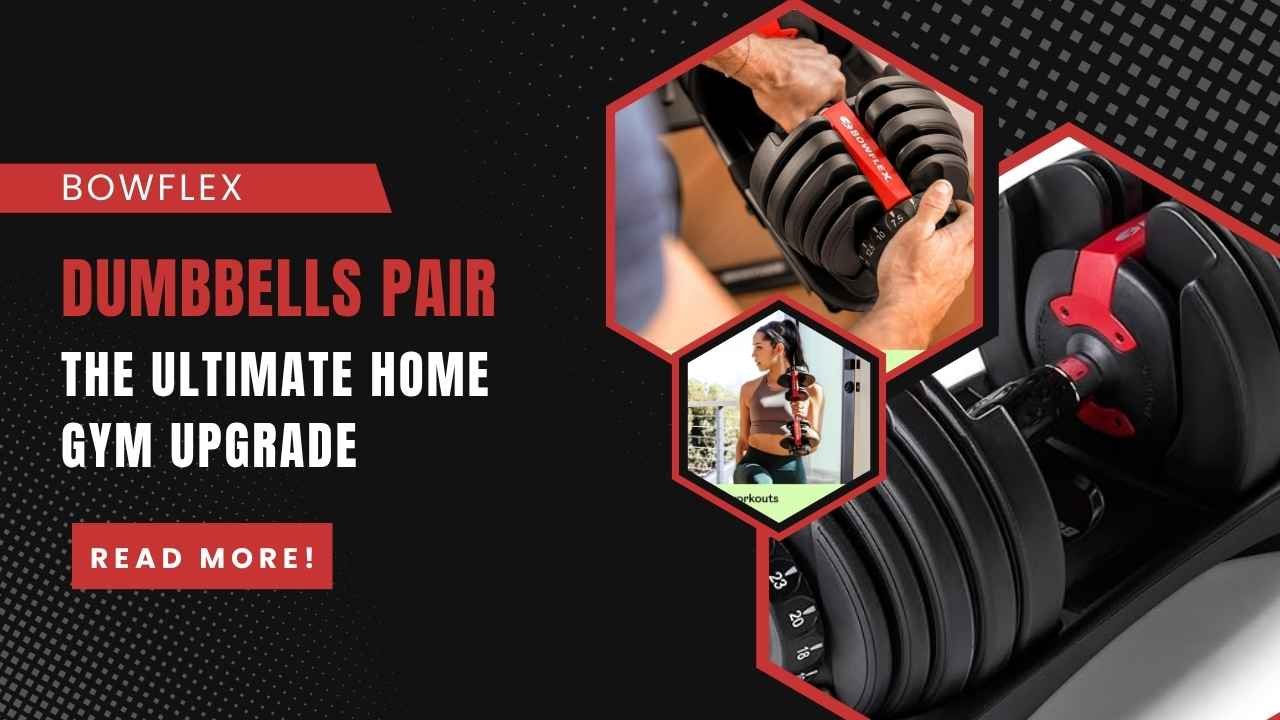
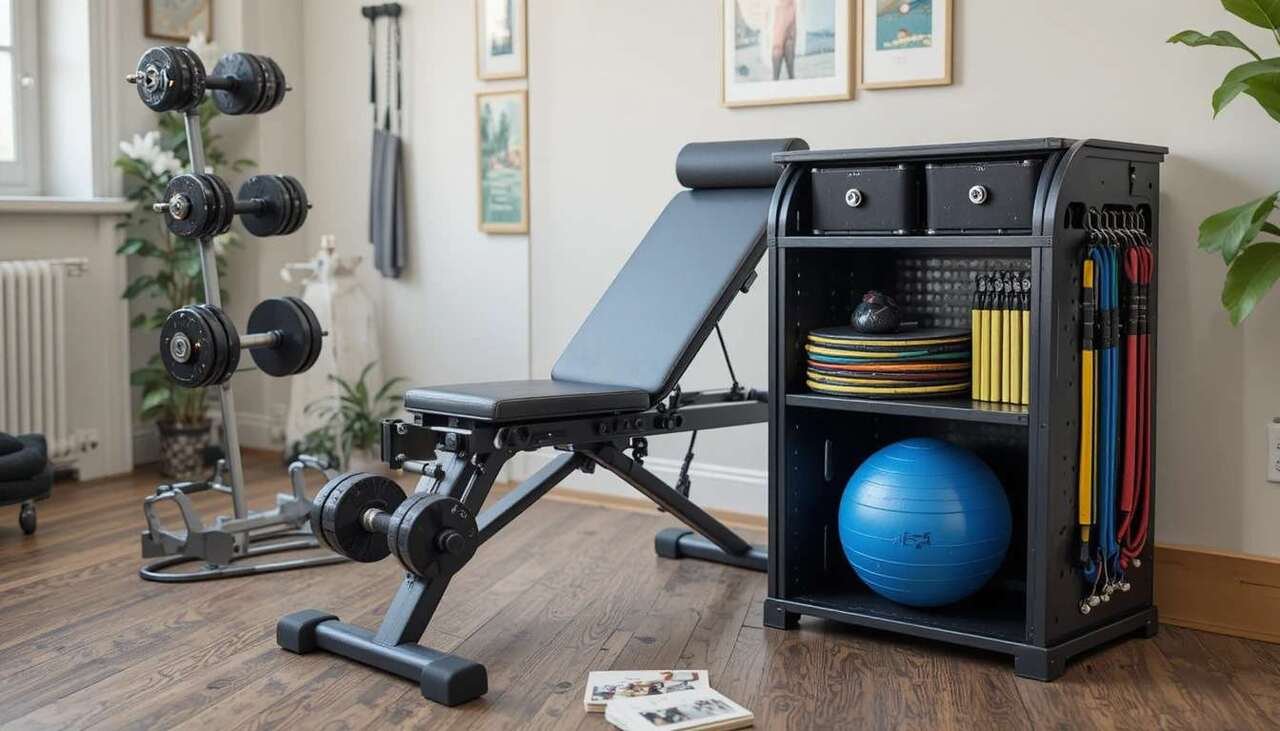
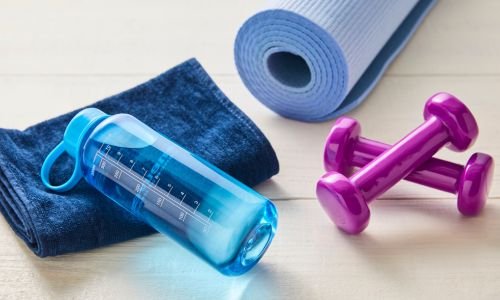

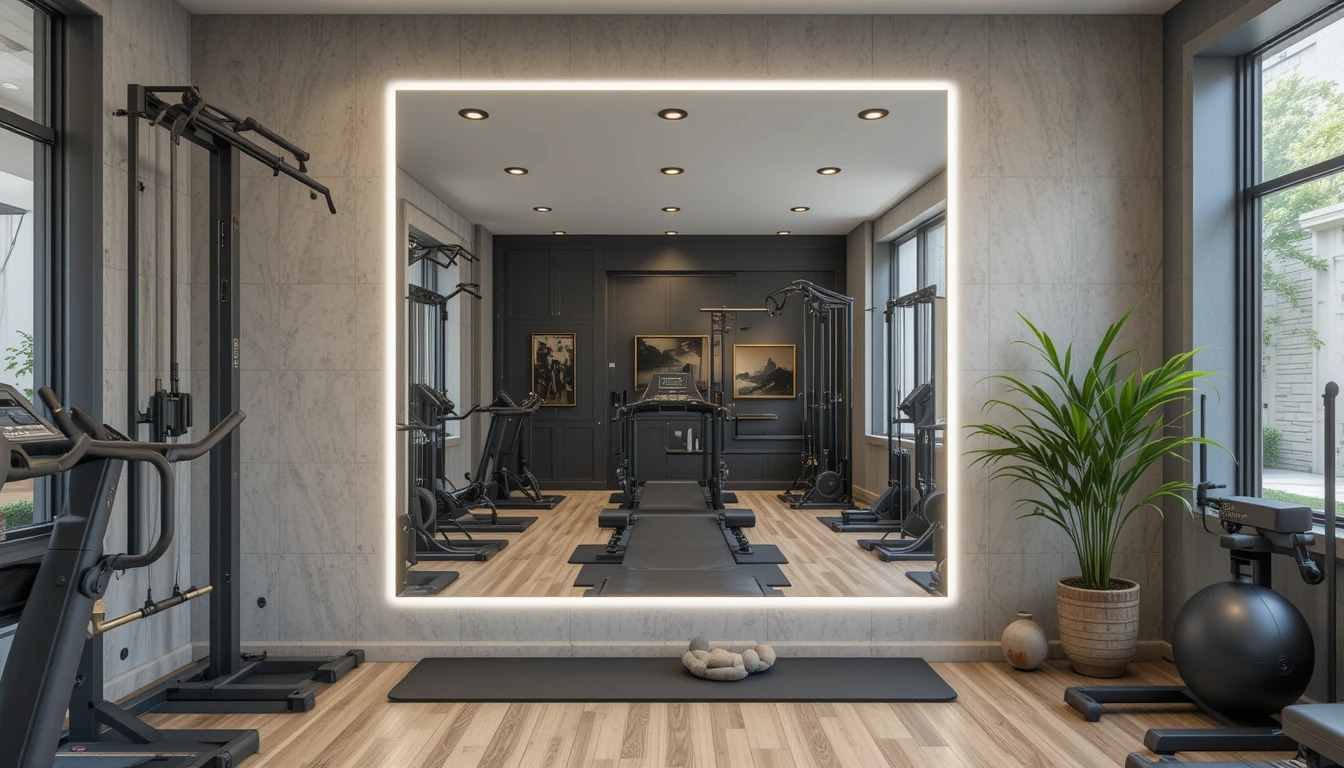
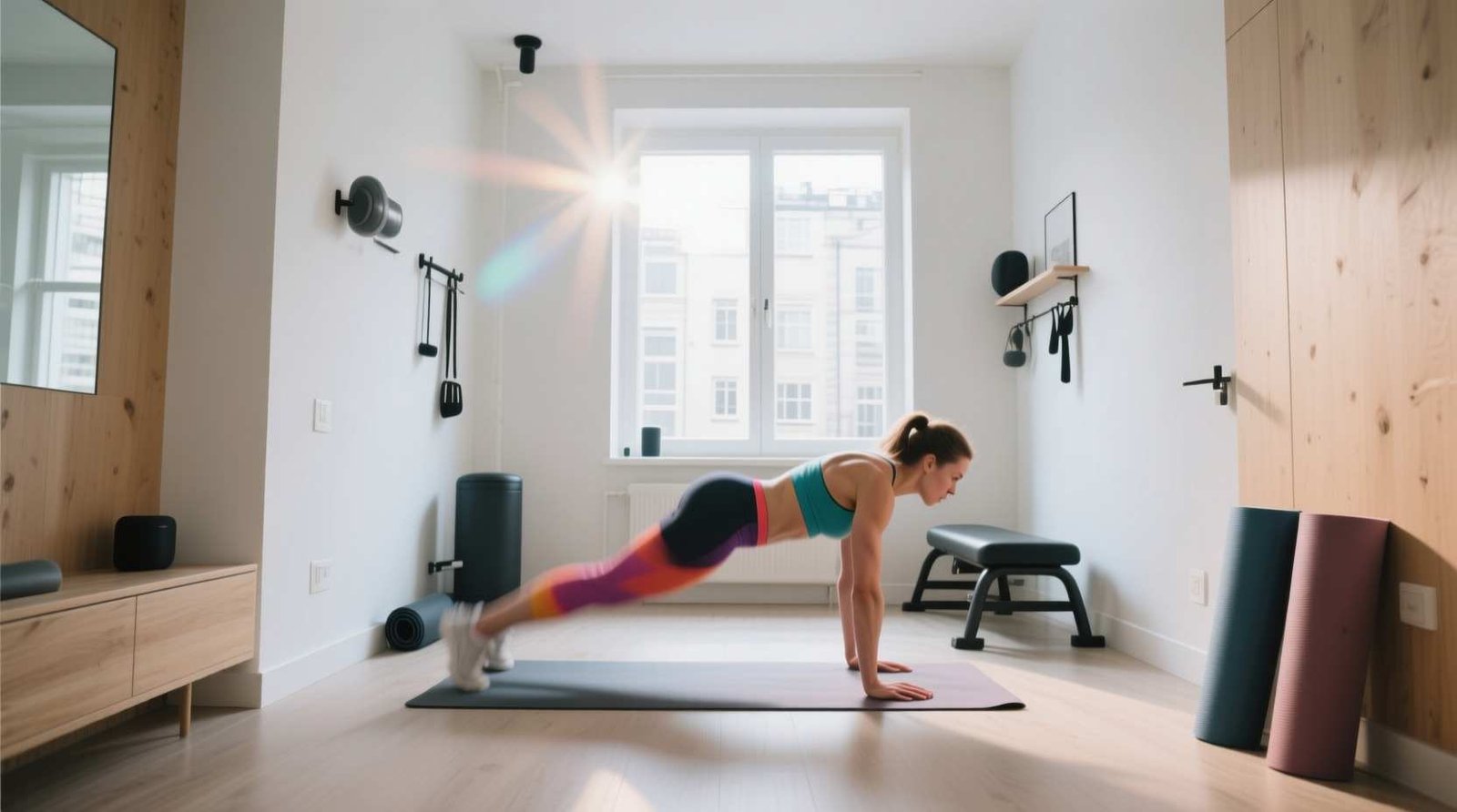
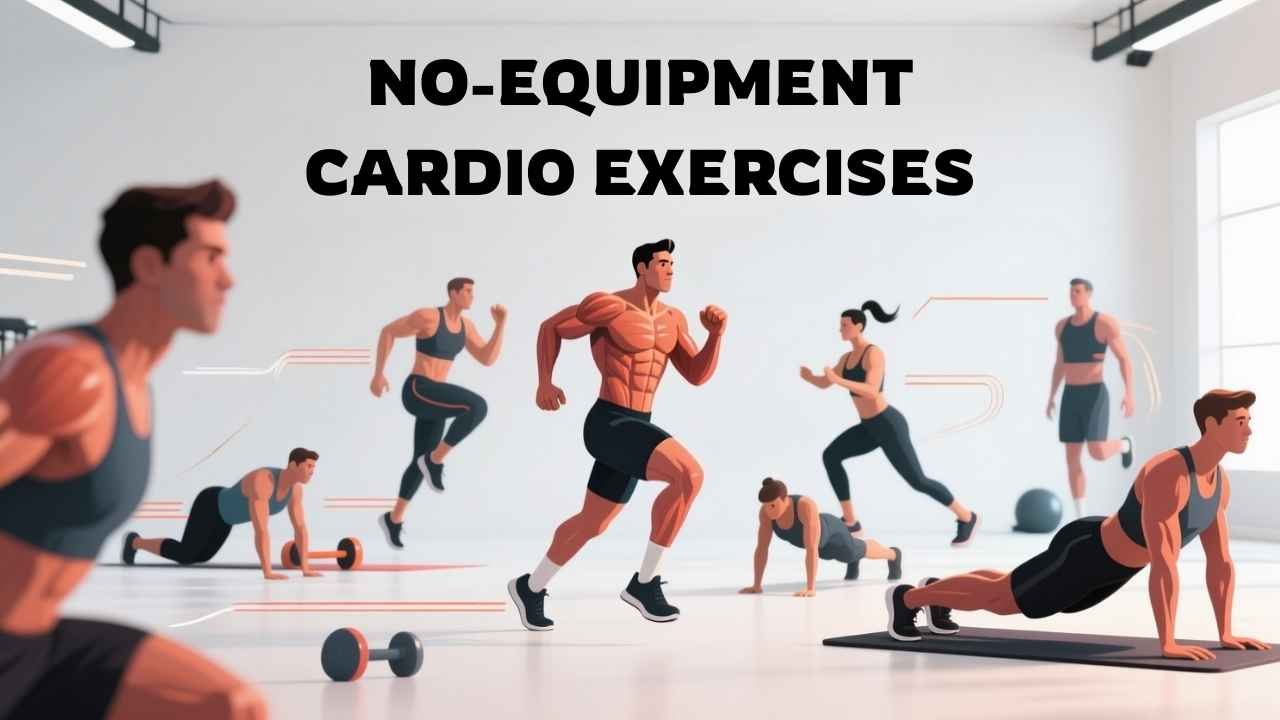
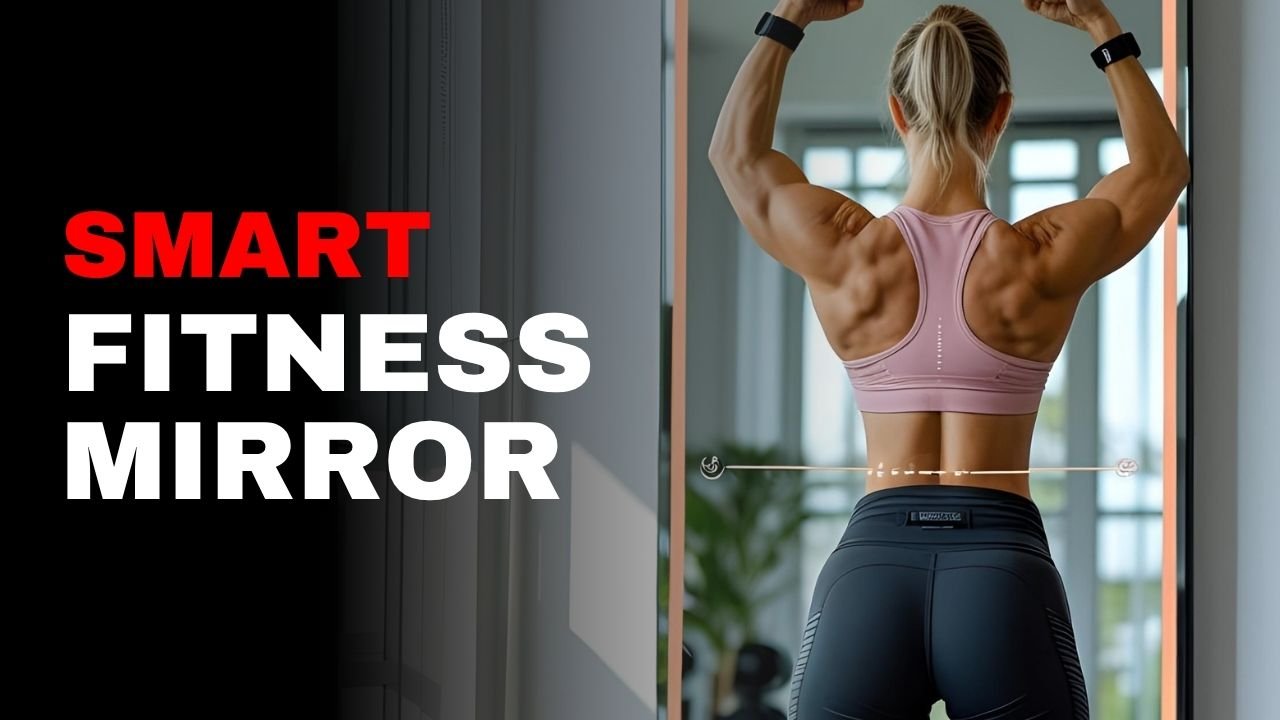
Leave a Reply